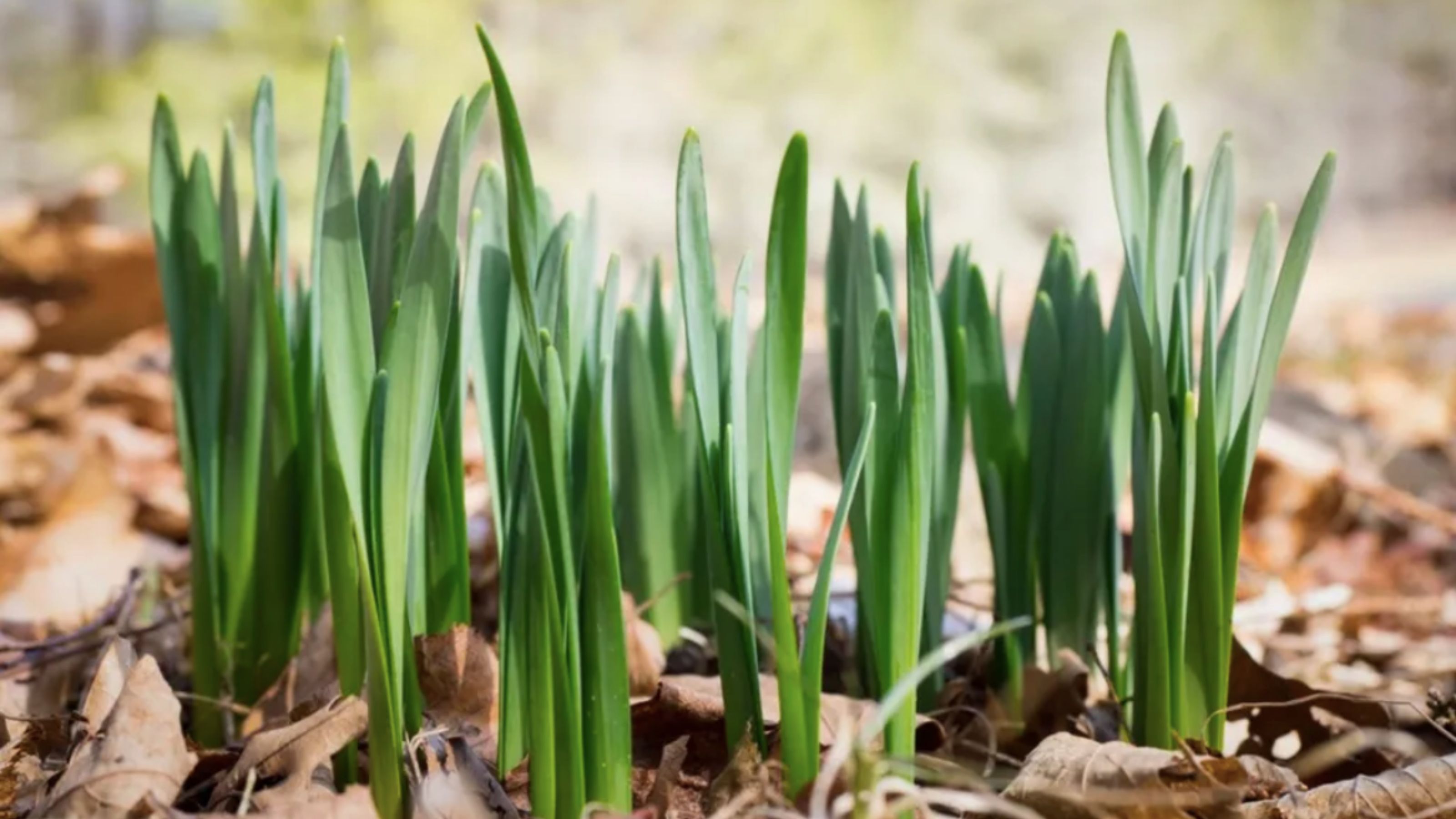My Daffodils Are Not Flowering: Why Daffodils Didn't Bloom


Late in winter we expect the perky blooms of daffodils to open and assure us spring is on the way. Occasionally someone says, “My daffodils are not flowering this year." This happens for various reasons. Poor blooms on daffodils may be due to mistreatment of foliage the previous year or because bulbs are too crowded and daffodils won't bloom.
Reasons Why Daffodils Won't Bloom
Removing or folding leaves
Removing the foliage too soon after flowering last year can contribute to why daffodils didn't bloom this year. Nutrients must be stored for daffodil blooms. These nutrients develop in the foliage after flowers bloom. Cutting down or folding the leaves before they have yellowed and started to deteriorate is a reason for poor blooms on daffodils.
Planted too late
Bulbs that were planted too late in autumn or small bulbs may be the reason why daffodils didn't bloom. These situations may have produced small foliage and poor blooms on daffodils. Check to make sure bulbs are still there and have not rotted or been stolen by a carousing critter. If the bulbs are there and still plump and healthy, they will continue to grow and flower in the next season. Fertilize appropriately or work in organic material for blooms next season.
Too little sunlight
Another example of why daffodils didn't bloom can be an issue of sunlight. Many flowering blooms need six to eight hours of full sunlight to complete the blooming process. If the area in which bulbs are planted is too shady, this can be why daffodils won't bloom.
Too much nitrogen
Too much nitrogen fertilizer can explain why daffodils didn't bloom. If the question is why don't my daffodils have flowers, nitrogen may be the culprit. Often nitrogen fertilizer, if overused, creates lush foliage and little in the way of blooms. Organic matter that is rich in nitrogen can have the same effect unless worked into the soil gradually. To correct an issue of poor blooms on daffodils and other bulbs, use fertilizer with a higher middle number (phosphorus), such as 10/20/20 or 0/10/10, prior to the anticipated time of flowering.
Crowded bulbs
Poor blooms on daffodils that have bloomed profusely in years past usually indicate bulbs that are crowded and need division. These may be dug up and separated in spring following bloom time or in autumn. Replant in groupings, allowing further room for growth. By following these guidelines, you will never again have to ask, “why don't my daffodils have flowers?”
Dead or missing bulbs
If bulbs are no longer in the area where they were planted or are shriveled, you have discovered why your daffodils are not flowering. Examine the site's drainage, which can cause bulbs to rot. If bulbs have been stolen by wildlife, you will likely notice that the soil has been disturbed or that other neighboring plants have been damaged.
Gardening tips, videos, info and more delivered right to your inbox!
Sign up for the Gardening Know How newsletter today and receive a free copy of our e-book "How to Grow Delicious Tomatoes".

Becca Badgett was a regular contributor to Gardening Know How for ten years. Co-author of the book How to Grow an EMERGENCY Garden, Becca specializes in succulent and cactus gardening.
-
 Looking For Plants To Give You The Soft And Fuzzies? Try These 5 Fuzzy Leaf Plant Options
Looking For Plants To Give You The Soft And Fuzzies? Try These 5 Fuzzy Leaf Plant OptionsLovers of texture, drama, silver foliage and tactile plants will adore these special sensory garden additions. These fuzzy leaf plant options will leave you all aglow
By Susan Albert
-
 Get Ready For A Summer Of Hummers! Grow These Full Sun Hummingbird Plants and Flowers
Get Ready For A Summer Of Hummers! Grow These Full Sun Hummingbird Plants and FlowersIf you’re lucky enough to enjoy a sunny backyard, make sure you are maxing out on your pollinator opportunities and grow these full sun hummingbird plants and flowers
By Tonya Barnett